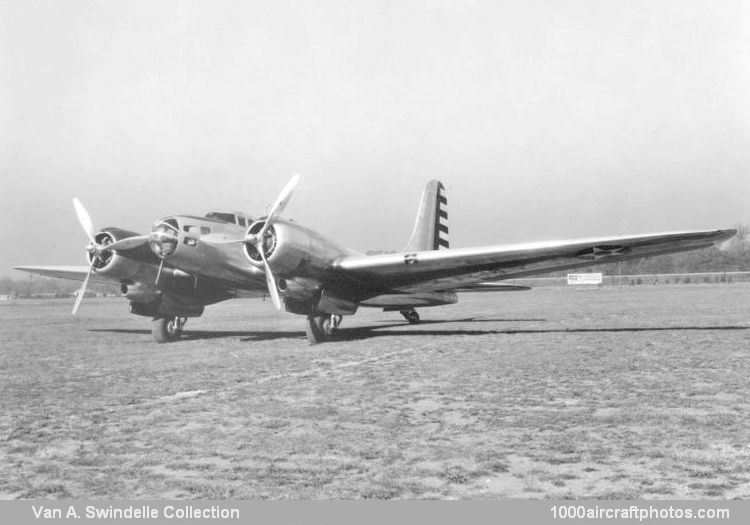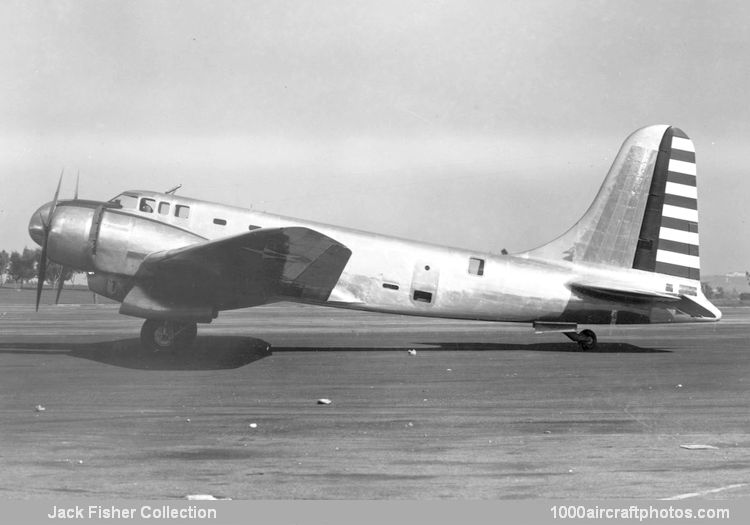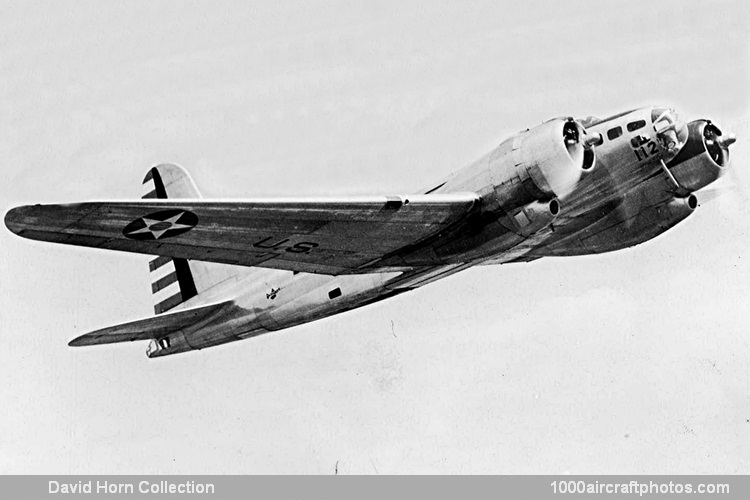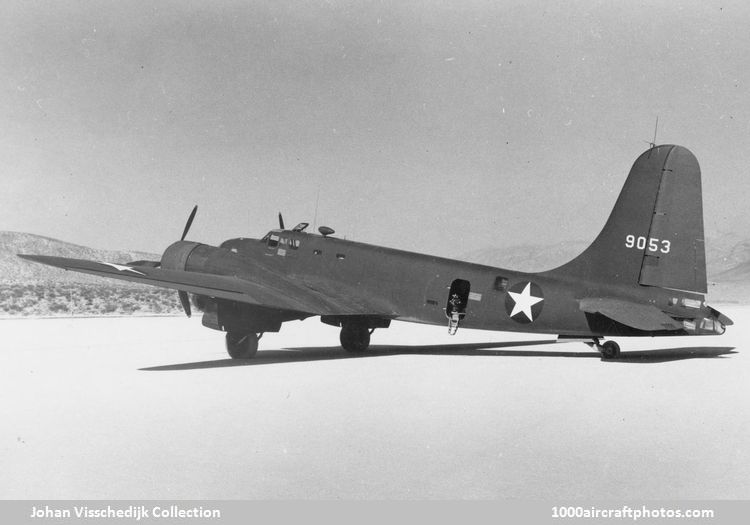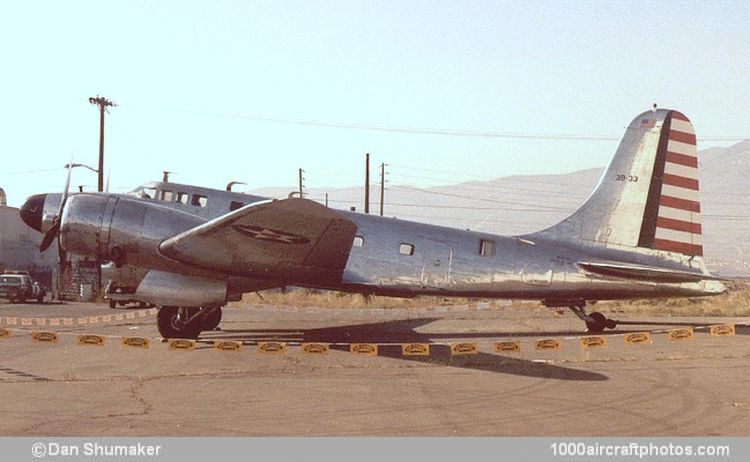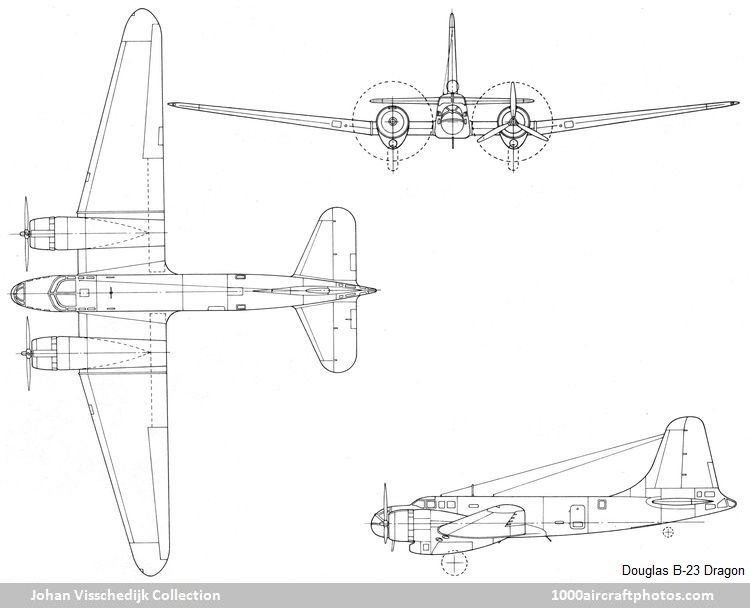VAN A. SWINDELLE COLLECTION
No. 9301. Douglas B-23 Dragon US Army Air Corps
03/15/2020. Remarks by
Johan Visschedijk: "To improve the performance of the
B-18 series, Douglas proposed replacing the 1,000 hp Wright R-1820-53 engines by 1,600 hp Wright R-2600-2s on a version of the B-18A which was to be designated B-22. In spite of the substantial increase in available power, the calculated performance fell short of the USAAC' requirements and development was abandoned. In its place, Douglas proposed a major redesign making use of the stronger wings of the DC-3, a new and better streamlined fuselage, and a large fin and rudder.
First Douglas B-23 Dragon (39-27) (
Jack Fisher Collection)
Designated B-23 Dragon, the new aircraft was ordered in late 1938, substituting 38 B-23s (c/n 2713 to 2750, serials 39-27 to 39-64) for an equal number of
B-18As previously ordered. Although virtually a completely new design, the B-23 was ordered without the usual provision for prototype and service trials aircraft – which, had they been ordered, would have been designated XB-23 and YB-23 respectively – and all were produced under the simple B-23 designation. The first of these aircraft, powered by two 1,600 hp Wright R-2600-3s, was completed in July 1939 and was first flown at Clover Field, Santa Monica, California, on the 27th of that month.
On this occasion, the aircraft was fitted with an unglazed nose, whereas production aircraft had a glazed nose housing the bomb-aimer's station and a flexible 0.30 in (7.62 mm) machine gun on a ball-socket mount. In service, the B-23s also carried a machine gun on a swing mount attached to the aft fuselage bulkhead and firing either through beam batches or through a swing-down dorsal panel; a third gun was fired through a ventral batch. However, the B-23's armament was especially significant due to the mounting of a hand-held 0.50 in (12.7 mm) machine gun in a glazed tail gunner's position, the first to be fitted to an American bomber.
In addition to its intended role as a bomber, for which a bomb bay capable of accommodating bombs of up to 2,000 lb (908 kg) was fitted behind the pilot's compartment, the B-23 was planned as a photographic reconnaissance aircraft and, consequently, had permanent provision for a camera mounted on the left fuselage side against the forward bulkhead. The crew comprised pilot, bomb-aimer, navigator, radio operator, camera operator and gunner.
(
David Horn Collection)
After being evaluated by the Materiel Division at Wright Field, Ohio, the B-23s entered service in 1940 with the 89th Reconnaissance Squadron at March Field, California. However, by 1941, even though its top speed of 282 mph (454 km/h) was 66 mph (106 km/h) faster than the B-18As and its maximum range of 2,750 miles (4,425 km) surpassed that of its forebear, the B-23 was clearly inferior to the B-17E – the first model of the Boeing bomber fully representative of the wartime Flying Fortress.
As a twin engined medium bomber, the B-23 was also slower than the North American B-25 and Martin B-26 and it carried much lighter defensive armament than did these newer designs. Consequently, the Douglas bomber was no longer needed in its intended role, after serving briefly on coastal patrols on the Pacific coast, the USAAF made it available for training, conversions and use in special tests.
RB-23 (39-53) (
Johan Visschedijk Collection)
The USAAF operated a B-23 (serial 39-53) from Muroc Dry Lake Army Air Base, California, as a control ship for the Culver PQ-8 radio-controlled target, the bomber was redesignated RB-23. The second B-23 (39-28) was loaned to Emerson Electric to evaluate various remote gun control and aiming systems. The sixth B-23 (39-32) was loaned to Pratt & Whitney on August 20, 1940, to be used for accelerated testing of the 1,850 hp R-2800-5 engine in support of the B-26 and XB-28 program, and was tested with both three-blade and four-blade propellers.
On February 20, 1942, the USAAF Material Command loaned a B-23 (39-50) to General Electric for a number of tests. Special tests conducted with other B-23s included glider pick-up tests on aircraft 39-28, a method by which a glider's tow line, held off the ground between two poles, was caught by a hook mounted beneath the rear fuselage, thus enabling the B-23 to take the glider in tow without having to land.
Under the designation UC-67 Dragon a considerable number of B-23s were modified as transports, a class of aircraft which became urgently needed following the start of the war. By the end a the war, 24 surviving B-23s and UC-67s had been collected at various
RFC locations to be sold as surplus.
(N747M) (
Dan Shumaker Collection)
In the end, 21 had become a corporate aircraft. Most of these aircraft were modified for their new role by the Engineering Department of Pan American Airways. As corporate aircraft, they were fitted with a new and longer metal nose and, with a crew of two and full washroom facilities, accommodated twelve passengers in two compartments.
Almost thirty years after having been declared surplus by the USAAF, one aircraft again came to be used in support of a USAF program. Registered N52327, this aircraft (c/n 2722, ex 39-36) was operated in 1974 by the University of Washington for the USAF Cambridge Research Laboratory. Heavily instrumented and flown by a crew of seven – pilot, copilot and five engineers – it was used to sample cloud particles as part of a research project sponsored by the Space and Missile Systems Organization, Advanced Ballistic Reentry Systems Program Office."
